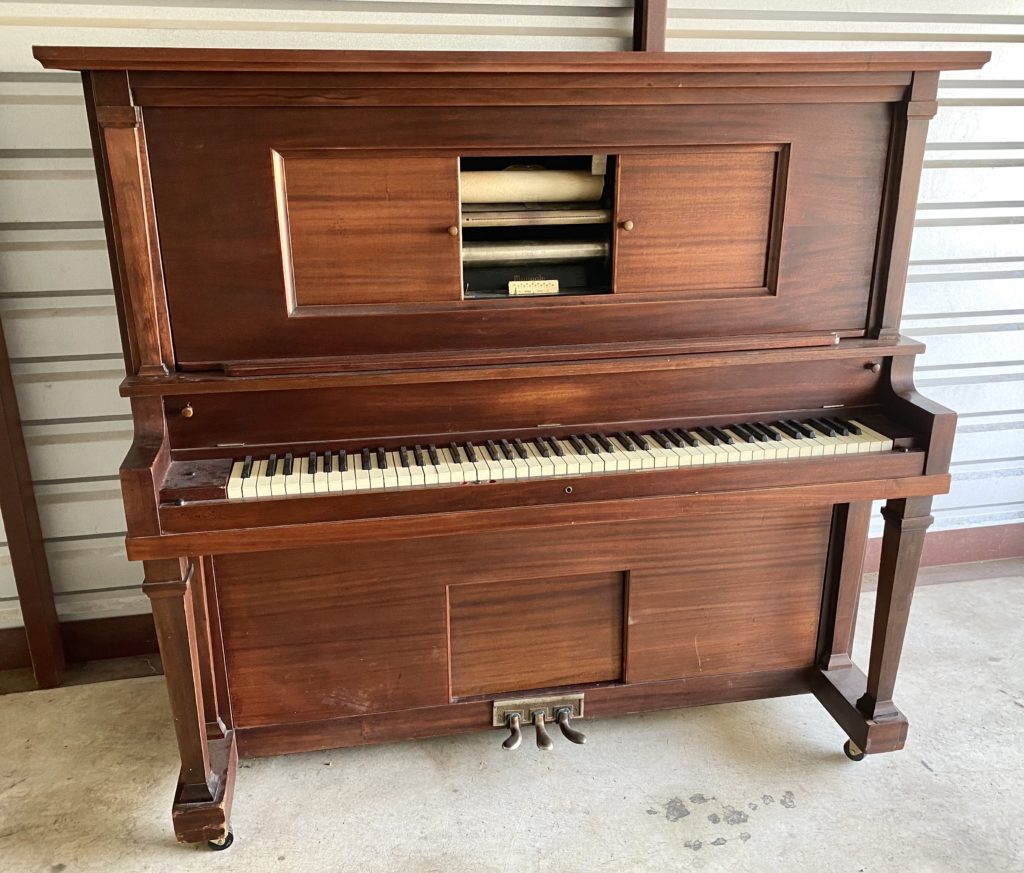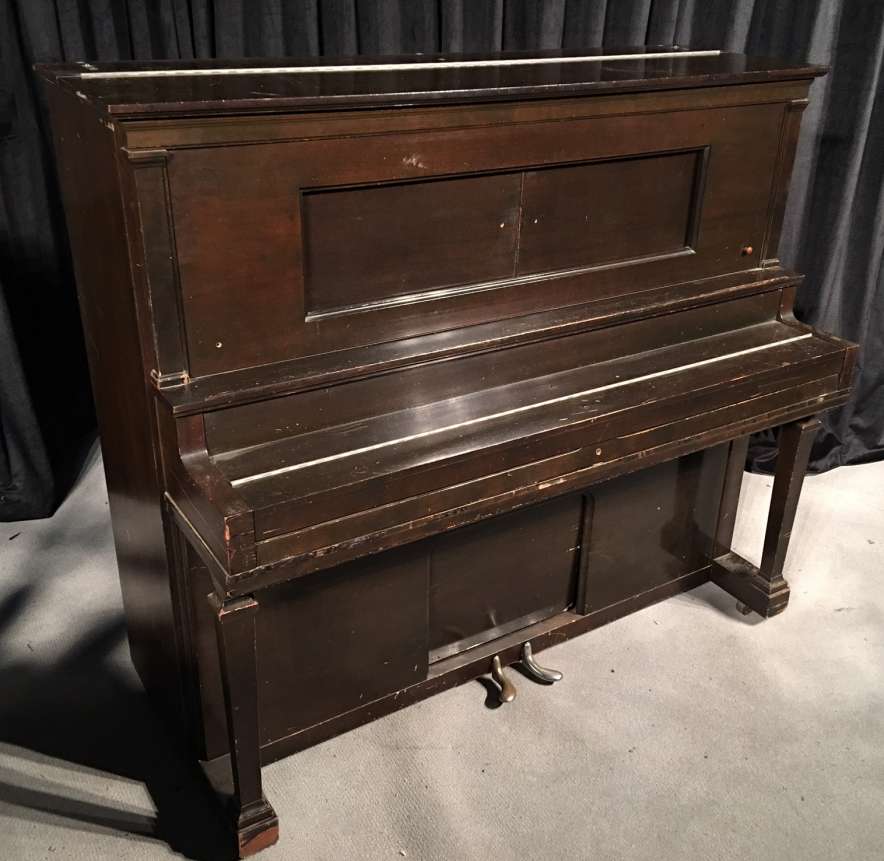

After the strings are installed, the action is put in and all of the regulating and adjusting is done. So, by the time the strings and the case are done, the action should be done. While that work is going on, in another section of the shop, they restore the action-the hammers and the keys, and all the mechanical apparatus. After that is finished, we put the harp and the strings back in. Soundboard restoration and block restoration, not just cosmetics.

This includes Turn of the century piano craftsmen. Then it goes to the finishing shop where the cabinet and woodwork is done. After the piano is completely disassembled-that means removal of the harp and strings, and everything-we put it in a drying room to get the moisture content of the wood down, so during restoration the wood is less likely to shrink and warp. That way we can reassemble it as closely to that as possible.
#SHOULD I BUY AN AEOLIAN PLAYER PIANO ARCHIVE#
We take detailed pictures and catalog and archive everything: where everything goes, what size it is, stringing scales, etc. What are the steps involved in restoring a piano?

The shop you bring it to might have a long waiting list. How long does it take to restore a piano?Ībout eight months to a year-for the restoration itself. Or, you can restore an antique Knabe or Chickering for half that amount, and have comparable quality and appreciation value. So you might ask, why does a new piano cost so much? You can buy a brand new Yamaha grand piano for $35,000 or $40,000. You can restore an antique piano usually for less than buying a good quality new one. Often we have to hand-make every piece that we put in and that is extremely tedious.

They were continuously evolving when they were being made. To do it right you have hundreds of hours invested, and the specialized hours of those craftspeople don’t come cheap. Why is it so expensive to restore an antique piano? According to Antique Piano Shop, piano restoration ranges from around $8,500 and up for an upright, and from $10,500 to more than $25,000 for a baby grand or grand. Pianos built after 1933 are typically not as good. So, it’s kind of a rule of thumb in the piano industry that with a brand name like Knabe or Chickering, if it’s pre-1932, it’s generally built and designed well. After the Great Depression, everything was bought out by conglomerates and the quality suffered. With pre-Depression pianos the quality is definitely going to be better than post-Depression. This was the preferred piano by many famous composers and musicians, such as Liszt and Gottschalk.įor the most part, yes, but there are exceptions. Is it safe to assume that anything pre-Depression is worth buying and restoring? Chickering Rosewood Concert Grand Piano, 1885. There are a lot of really great pianos out there that, with a little tuning and maintenance, are still new enough to give several good years of use. If a piano is an antique or has sentimental value, it may be worth investing in the restoration. This should cost you about $50 to $70, and it could save hundreds of dollars down the road. If you’re not sure, call a local piano technician to evaluate it for you. How do I know if a piano is worth repairing? We caught up with him to discuss piano restoration tips. Today Stinnett runs his business from a small factory in Friendsville, Tennessee, where he houses and restores 250 to 300 antique pianos at a time. By the time he was in high school, the young man with perfect pitch was tuning and repairing pianos around town for extra cash. Michael Stinnett’s career in piano restoration began when he fixed up his family’s old piano with Tinker Toys.


 0 kommentar(er)
0 kommentar(er)
